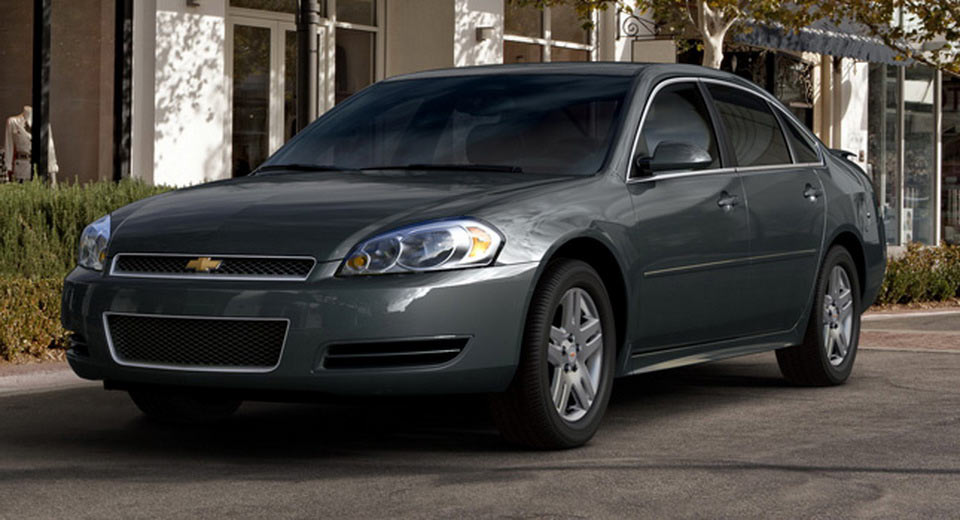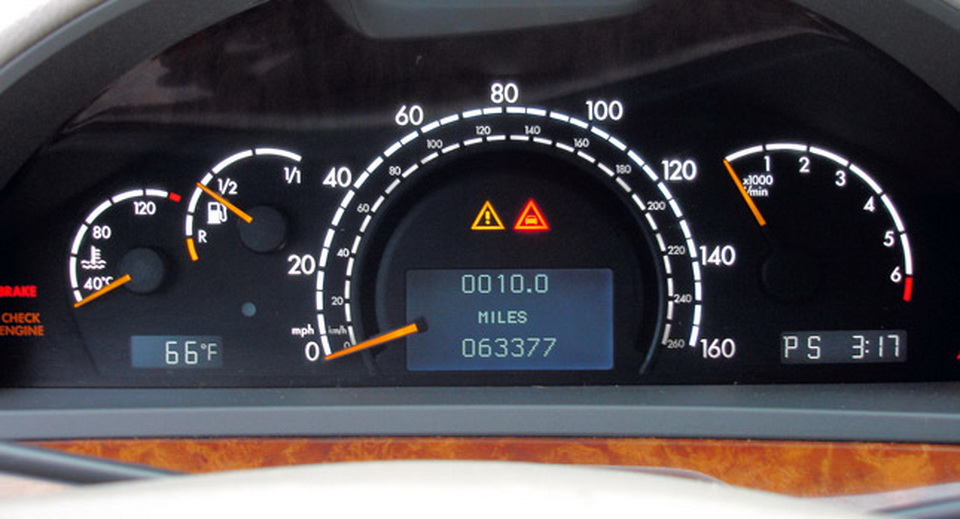America is in love with new cars and, even though the 2008 crisis that nearly bankrupt GM and Chrysler had a negative effect, the spectacular recovery that followed surely must have returned things to their previous state, yes?
Well, the answer is not so simple. Even though in 2015 new car sales posted a record 17.5 million units and could set an all-time high this year, many owners are still not rushing in to exchange their old steed for the latest and greatest.
According to Business Insider, since 2009 the average age of a car/truck in the US was 11 years – which, by the country standards, is pretty old. This also goes contrary to market analysts’ expectations, as they predicted that the advancements made in technology would render such vehicles obsolete.
While even a medium-priced new car today offers comfort and safety features that would have been unthinkable a few years back, like advanced connectivity, driver assist systems and even semi-autonomous driving, an increasing number of people find that they can live without them and that their current drive serves them perfect well so far.
One explanation is that those cars just have more than enough life left in them, as Bloomberg’s Jamie Butters notes: “Even as U.S. sales of new vehicles roll along at record highs, improved durability continues to extend the average age of autos on the road. That age is 11.6 years, said IHS Markit’s Mark Seng, up from 11.5 years in 2015. The average age increased about 3 percent during the five years before the recession that depressed sales in 2008 and 2009, leading to the bankruptcies of General Motors and Chrysler.”
On the other hand, as the WSJ points out, this is benefiting both parts companies and servicing centers and, since it hasn’t affected new car sales, it looks like a win-win situation for now. Plus, at some point they will have to be replaced; it’s just that, post-crisis, the priorities of buyers might have shifted a bit.




